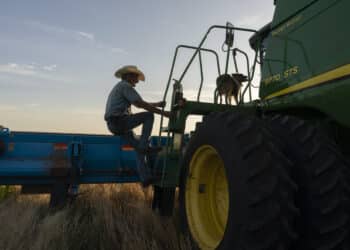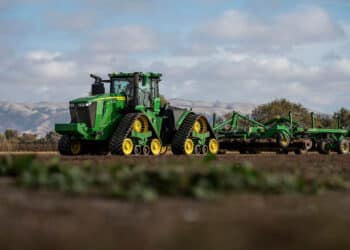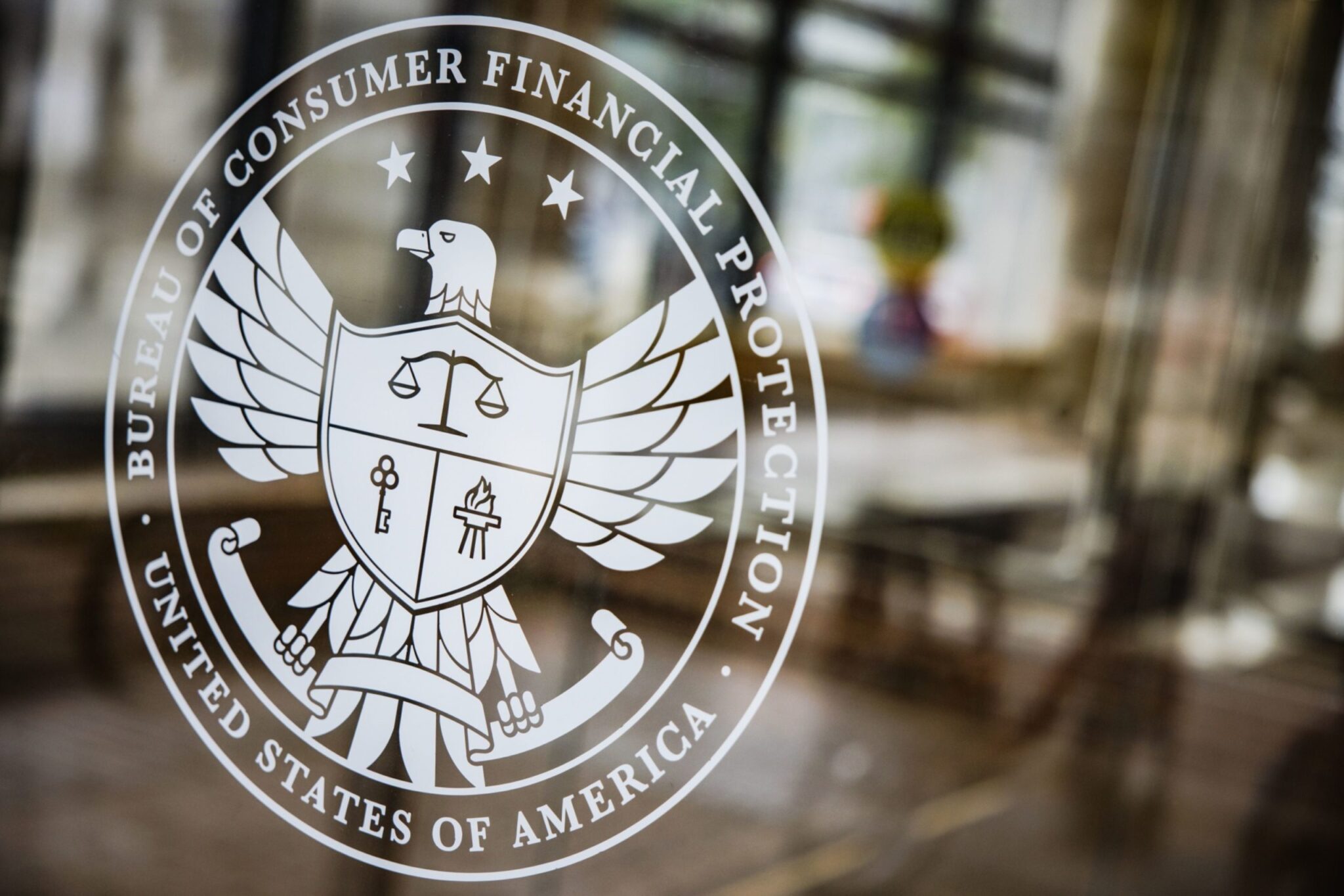Subsidies could soar under Trump, but frozen funds worry farmers
Grants projected to more than quadruple to $42B in 2025
Expected farm subsidies under President Donald Trump contributed to improved farmer sentiment last month, but a recent freeze of federal funding could curtail capital investment.
Farmer sentiment increased in January, two months after rising to its highest mark since May 2021, according to Purdue University’s Ag Economy Barometer. The improved sentiment came despite 40% of farmers expressing concerns over a potential trade war due to Trump’s tariff proposals.
While uncertainty over decreased agricultural exports persist, more than 50% of farmers believe the safety net for agriculture will strengthen under the new administration based on previous grants, possibly easing the inflationary impact of tariffs, Michael Langemeier, associate director at the Center for Commercial Agriculture at Purdue University, told Equipment Finance News.
“That tells me that even if there are trade issues, [farmers] kind of think that they might get some payments similar to what they did in 2018,” he said.
Subsidies skyrocketed in first term
In 2018, Trump signed the Agriculture Improvement Act, which allotted $428 billion for farm loans, disaster assistance and other support programs over five years, according to the U.S. Department of Agriculture (USDA). The U.S. Senate in December 2024 extended the bill for a second time through September 2025.
Farm subsidy payment gradually increased during Trump’s first term, rising from roughly $4 billion in 2017 to more than $10 billion in 2018, $22 billion in 2019 and more than $25 billion in 2020, according to the nonprofit Environmental Working Group. Farm program payments, a type of subsidy based on acreage and crop yields, are projected to reach $42.4 billion in 2025, up from an estimated $9.3 billion last year, according to a Feb. 6 report by the USDA.
Increased subsidies could lead to an uptick in equipment purchasing and equipment finance demand in the coming months, Jay Darden, regional sales manager for the East Coast at Farm Credit Express, told EFN.
“There’s some potential for some program payments right now that could hit first or second quarter of 2025 and spur some finance activity,” he said.
Frozen funds a setback?
Higher corn and soybean prices and the continuation of the 2018 Farm Bill led to improved farmer sentiment last month. But Trump’s decision nearly two weeks ago to freeze federal loans and grants for review could deliver a blow to an industry reeling from declining farm income and equipment sales.
Several trade groups issued statements in response to the freeze.
“During the past several weeks, we have heard directly from countless farmers and food system stakeholders who have been told, without explanation, that their grant or contract payments have been paused or that they cannot be reimbursed despite a signed lawful contract,” Mike Lavender, policy director of advocacy group National Sustainable Agriculture Coalition, stated in a Feb. 7 release.
Continuing to delay such grants to farmers who are paying off equipment or other loans could lead to “insurmountable debt,” according to the release. The decision could also exacerbate unemployment and economic uncertainty, it states.
While it’s too early to tell how the freeze will impact capital investment and the agriculture sector overall, “any increase in uncertainty would be expected to have at least some negative repercussions on sentiment,” Langemeier said.
The third annual Equipment Finance Connect at the JW Marriott Nashville in Nashville, Tenn., on May 14-15, 2025, is the only event that brings together equipment dealers and lenders to share insights, attend discussions on crucial industry topics and network with peers. Learn more about the event and register here.









